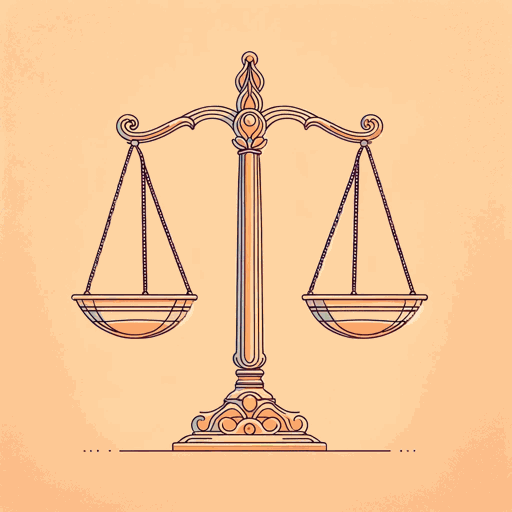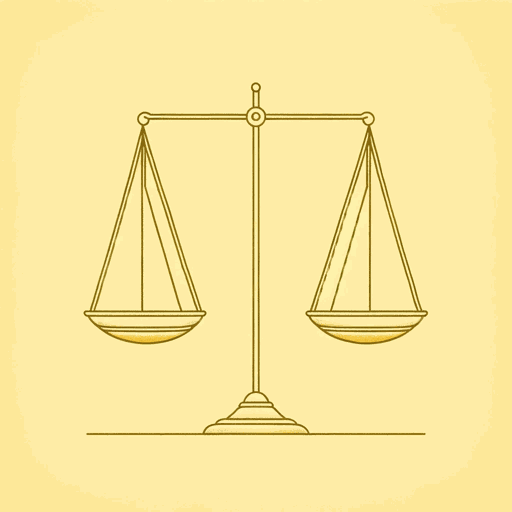53 pages • 1 hour read
Milton FriedmanCapitalism And Freedom
Nonfiction | Book | Adult | Published in 1962A modern alternative to SparkNotes and CliffsNotes, SuperSummary offers high-quality Study Guides with detailed chapter summaries and analysis of major themes, characters, and more.
Themes
How Competitive Capitalism Promotes Freedom
Friedman clearly states that competitive capitalism’s role in promoting freedom is the major theme in Capitalism and Freedom (4). Competitive capitalism is characterized by a large system of private enterprise that operates through a free market. Most economic activities occur in this system. Friedman believes competitive capitalism aids two types of freedom: economic and political. He sees it as a way of achieving economic freedom and a prerequisite for political freedom. Friedman argues that each type of freedom serves as a counterbalance for the other in a competitive capitalist system. He also insists that no other system has achieved both types of freedom like competitive capitalism has, and that alternatives such as socialism and totalitarian capitalism limit at least one of the two types.
A key element of freedom is the absence of coercion, so Friedman spends plenty of time explaining how coercion harms economic and political activities. Competitive capitalism fights coercion by relying on the free market; the free market fights coercion by operating on the basis of voluntary, mutually-informed agreements. When these agreements are voluntary, transactions happen through cooperation, rather than coercion. Additionally, the presence of competition among buyers, sellers, employers, and employees protects individuals in all of these groups from being coerced: buyers by sellers, sellers by buyers, employees by employers, and so on.


